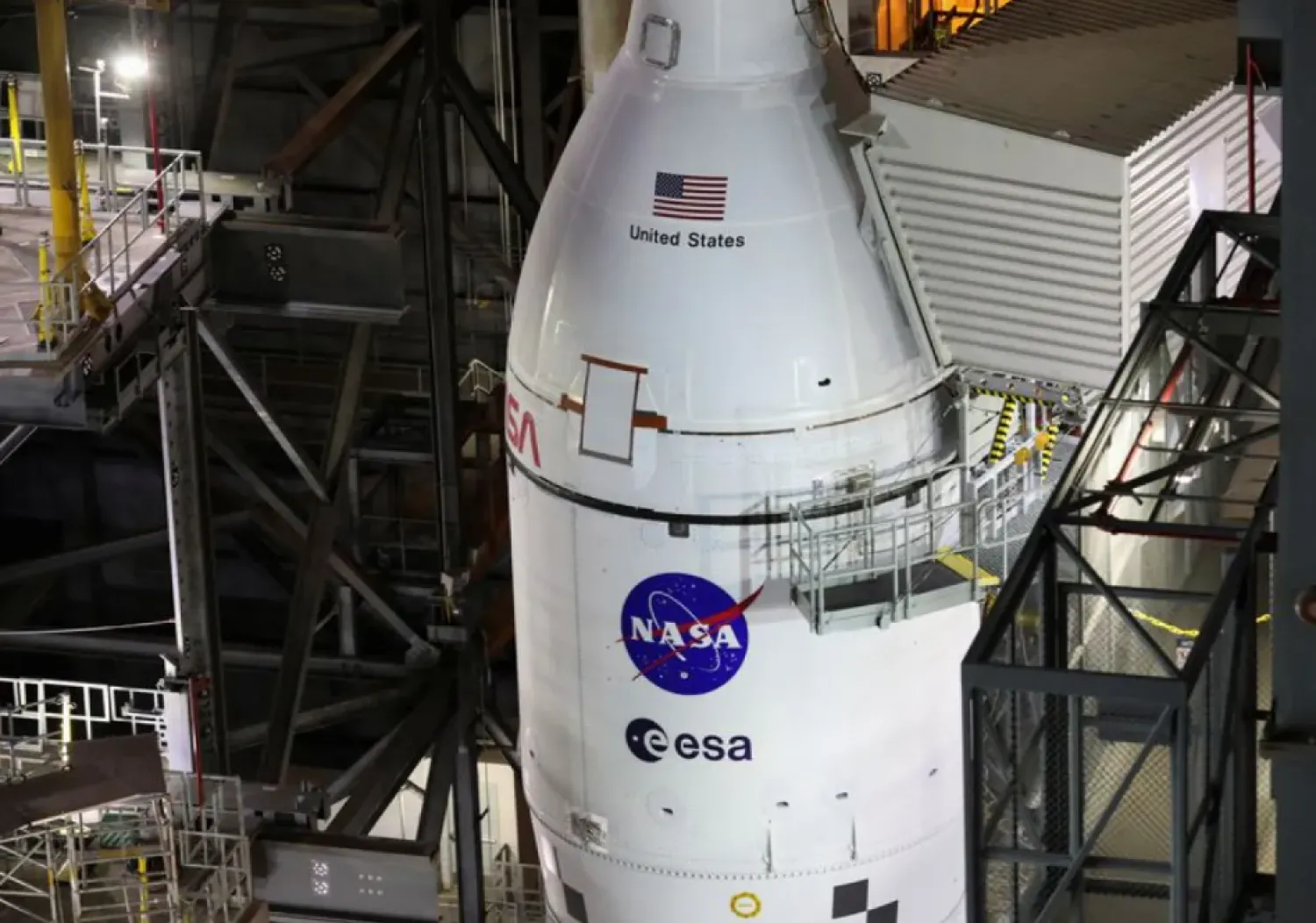For more than a decade, a pair of Hobbit-inspired eagle sculptures have cast a watchful eye over visitors at New Zealand's Wellington Airport.
But the giant birds will be unfastened from the ceiling on Friday to make way for a new mystery exhibit, airport authorities said.
According to BBC, the eagles appear as messengers in JRR Tolkien's The Lord of the Rings and The Hobbit, which were adapted to film by New Zealand's Sir Peter Jackson.
The spectacular New Zealand landscapes featured in Jackson's films are a consistent draw for tourists, who are greeted at the airport by the eagle sculptures.
“It's not unusual to see airborne departures from Wellington Airport, but in this case, it will be emotional for us, “Wellington Airport chief executive Matt Clarke said in a statement.
The giant eagles will be placed in storage and there have not been long-term plans for them.
Each eagle weighs 1.2 tons with a wingspan of 15 meters. Riding on the back of one of the birds is a sculpture of the wizard, Gandalf.
Made of polystyrene and with an internal steel skeleton, each eagle has hundreds of feathers, the longest one measuring 2.4 meters.
While the iconic eagles will soon be gone, not all is lost for fans of the franchise: Smaug the Magnificent, the dragon in The Hobbit, will continue to be displayed at the check-in area.
The eagles were unveiled in 2013, around the time of the release of The Hobbit trilogy. The giant sculptures were produced by Wētā Workshop, the New Zealand-based company that made costumes and props for The Lord of the Rings franchise.
“We're working with Wētā Workshop on some exciting plans for a unique, locally themed replacement to take their place,” Clarke said. “We'll unveil what's next later this year so keep watching the skies.”









